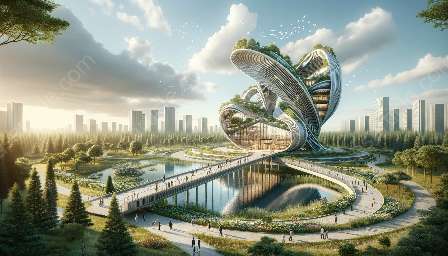Railway track design is a critical aspect of railway engineering that involves the meticulous planning and construction of the tracks on which trains run. This comprehensive guide will delve into the intricacies of railway track design, its significance in the context of railway engineering, and its broader applications in the field of engineering.
Understanding Railway Track Design
At its core, railway track design encompasses the layout, geometry, materials, and construction techniques used to create a safe and efficient track network for trains to operate on. Components of a typical railway track include rails, sleepers, ballast, and fastenings, all carefully designed and installed to ensure reliable and safe train transportation.
Key Elements of Railway Track Design
1. Rail: The rails are the primary components of the track system, providing a smooth and durable surface for the train wheels to roll on. They are made from steel and are installed in precise alignment to support the weight of the trains.
2. Sleepers: The sleepers, also known as ties, are the support structures that hold the rails in place. They are typically made of wood, concrete, or steel, and their design and spacing are crucial in maintaining the stability of the track.
3. Ballast: The ballast is the layer of crushed stones or gravel that sits beneath the sleepers. It helps to distribute the load from the trains, provide drainage, and maintain track alignment and stability.
4. Fastenings: Fastenings such as clips, bolts, and spikes are used to secure the rails to the sleepers and maintain their position under the dynamic forces exerted by passing trains.
Importance of Proper Railway Track Design
Efficient railway track design is vital for ensuring the safe and smooth operation of trains. It directly impacts train stability, speed, and comfort, as well as the overall reliability of the railway network. In addition to these operational considerations, the design of railway tracks also plays a significant role in the sustainability and environmental impact of railway transportation.
Railway Track Design and Railway Engineering
Railway engineering encompasses the planning, design, construction, and maintenance of railway infrastructure, including tracks, stations, signaling systems, and rolling stock. Railway track design is a core component of railway engineering, with a direct influence on the performance, safety, and cost-effectiveness of the entire rail system.
Engineers specializing in railway track design utilize advanced technologies such as computer-aided design (CAD), simulation software, and geospatial analysis tools to optimize track layouts, alignments, and material usage. They also consider factors such as train loading, track curvature, and thermal expansion to develop robust and efficient track designs.
Innovations in Railway Track Design
Advancements in materials engineering and construction techniques have led to innovations in railway track design. For example, the use of composite materials for sleepers and the development of high-strength steel rails have improved the durability and longevity of tracks while reducing maintenance requirements.
Furthermore, the integration of intelligent sensors and monitoring systems has enhanced the capability to detect track defects, predict maintenance needs, and ensure the safety of train operations. These technological advancements contribute to the continual improvement of railway track design and the overall efficiency of railway engineering.
Application of Railway Track Design in Engineering
While railway track design is a specialized discipline within railway engineering, its principles and methodologies have broader applications in the field of engineering. The systematic approach to designing and constructing railway tracks can serve as a model for infrastructure projects in diverse engineering domains.
For instance, the emphasis on precision, durability, and safety in railway track design aligns with the foundational principles of civil engineering, where infrastructure projects such as roads, bridges, and tunnels require meticulous planning and construction to ensure long-term functionality and reliability.
In the realm of mechanical engineering, the study of train dynamics and the interaction between rolling stock and tracks relates to the design and optimization of various mechanical systems, including vehicles, machinery, and industrial equipment.
Conclusion
Railway track design is a multifaceted discipline that intertwines with railway engineering and extends its influence to the broader spectrum of engineering. By embracing innovative technologies and engineering practices, railway track design continues to evolve, driving advancements in railway transportation and offering valuable insights for diverse engineering endeavors. As we look to the future, the synergy between railway track design and engineering disciplines holds the potential for transformative developments in sustainable and efficient infrastructure.

